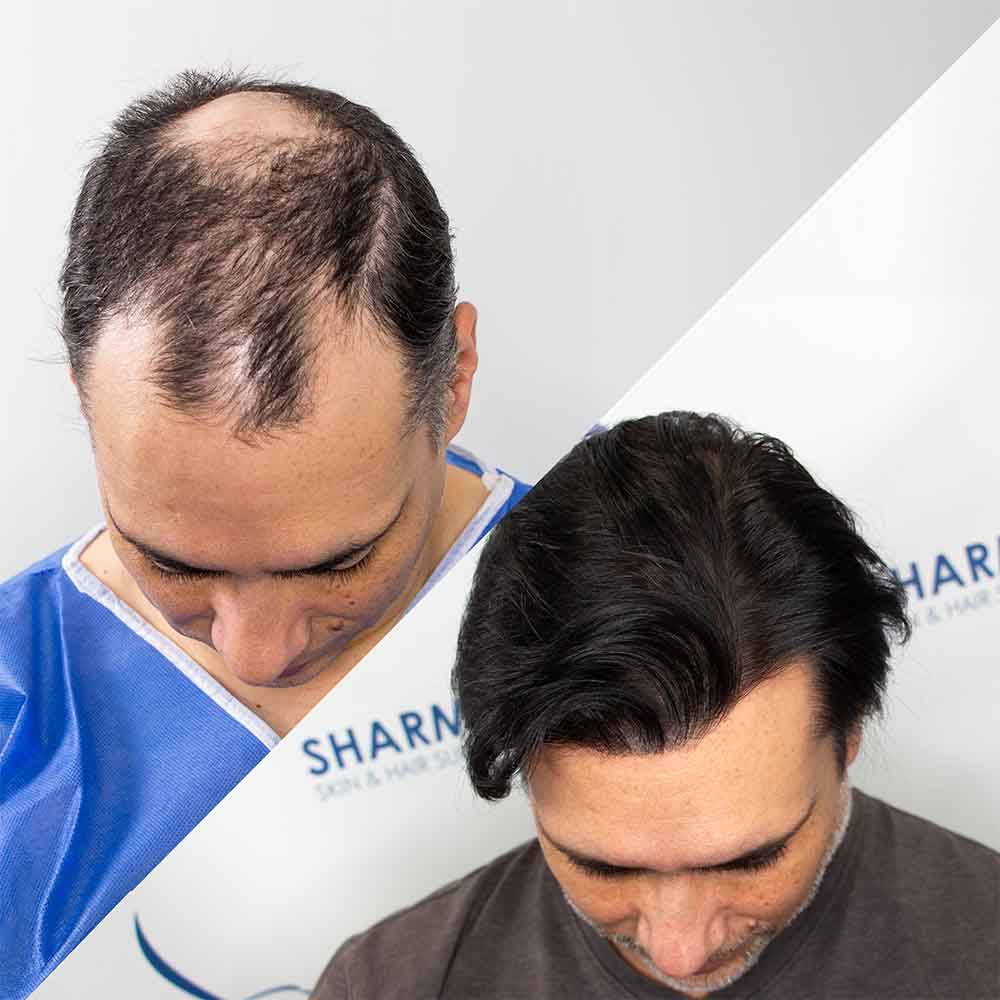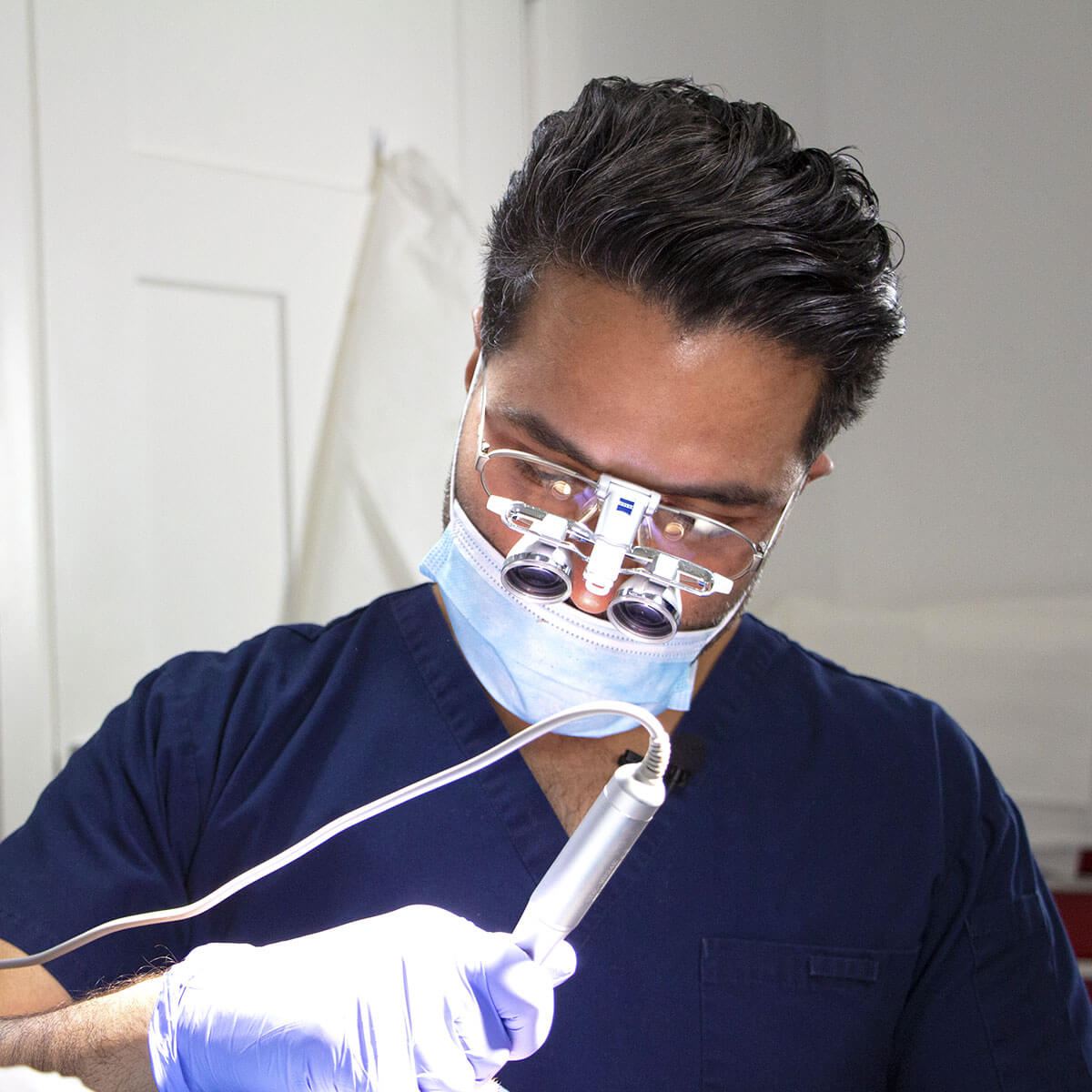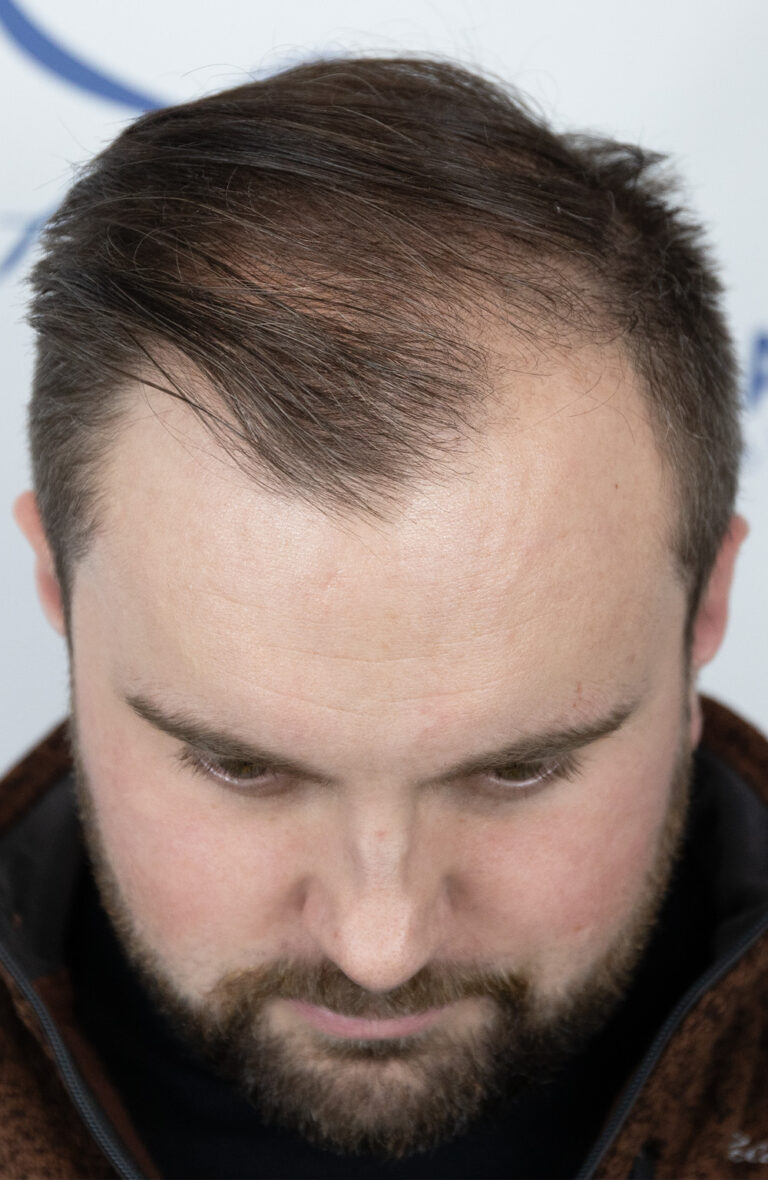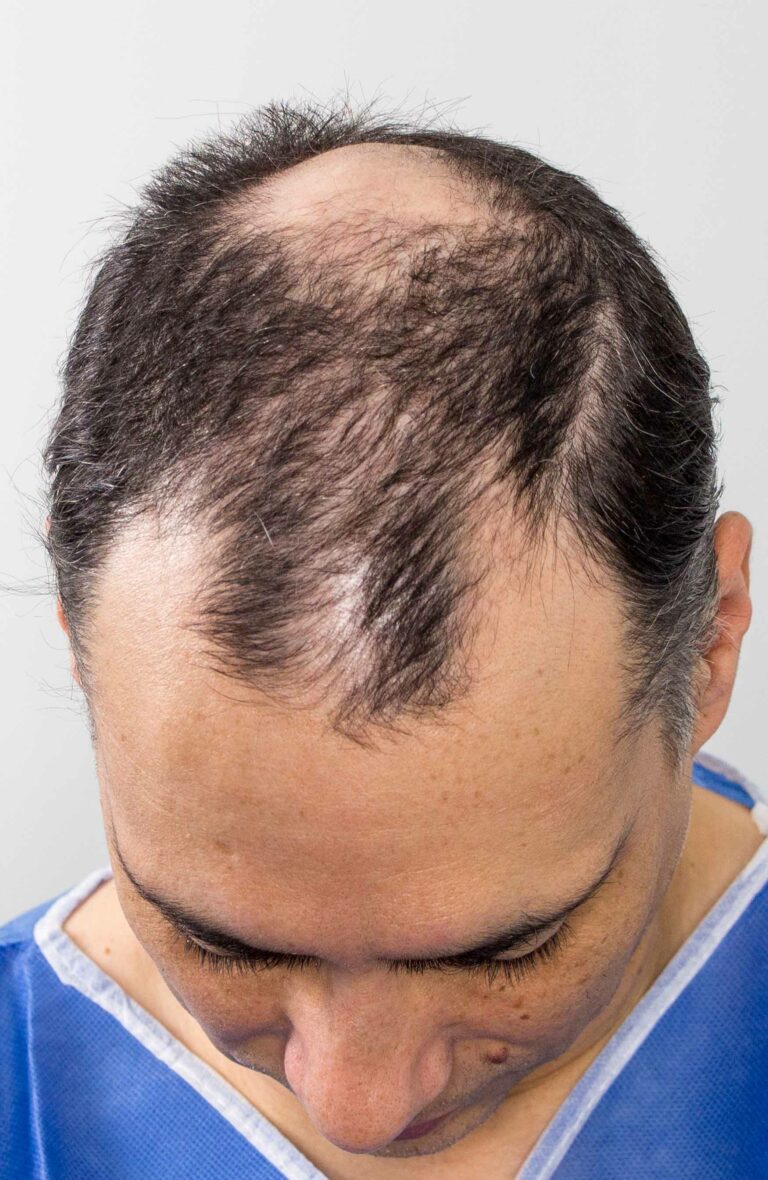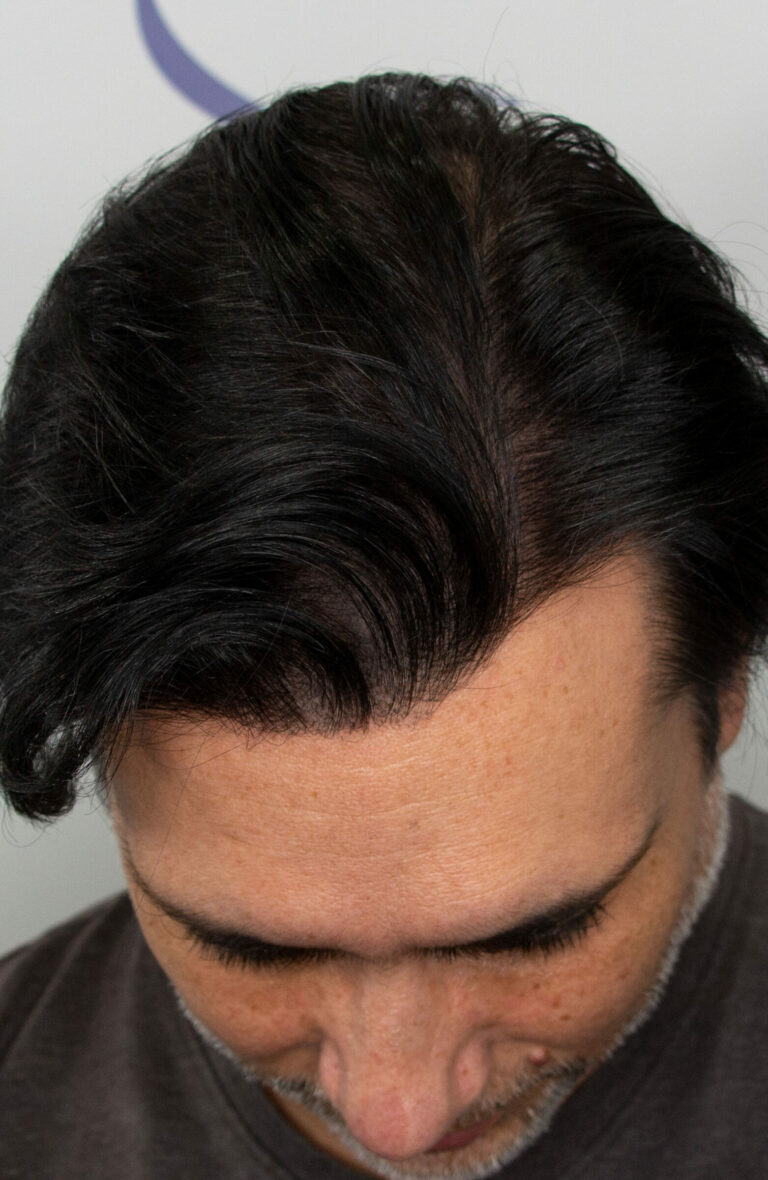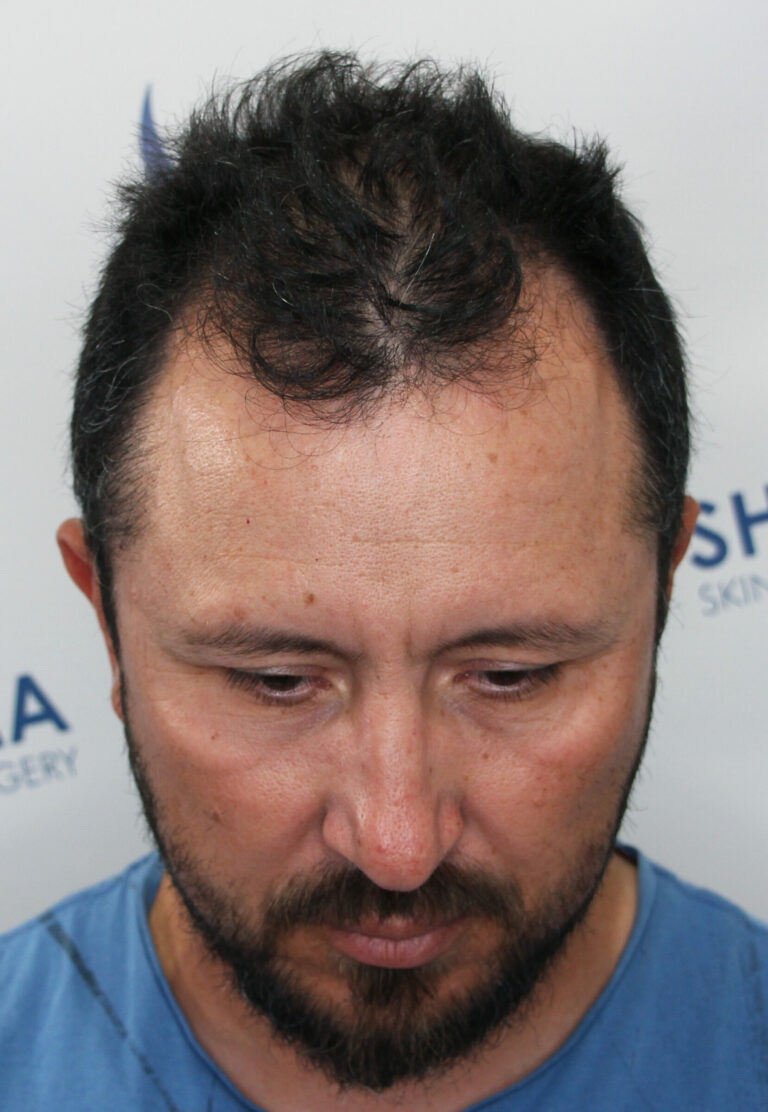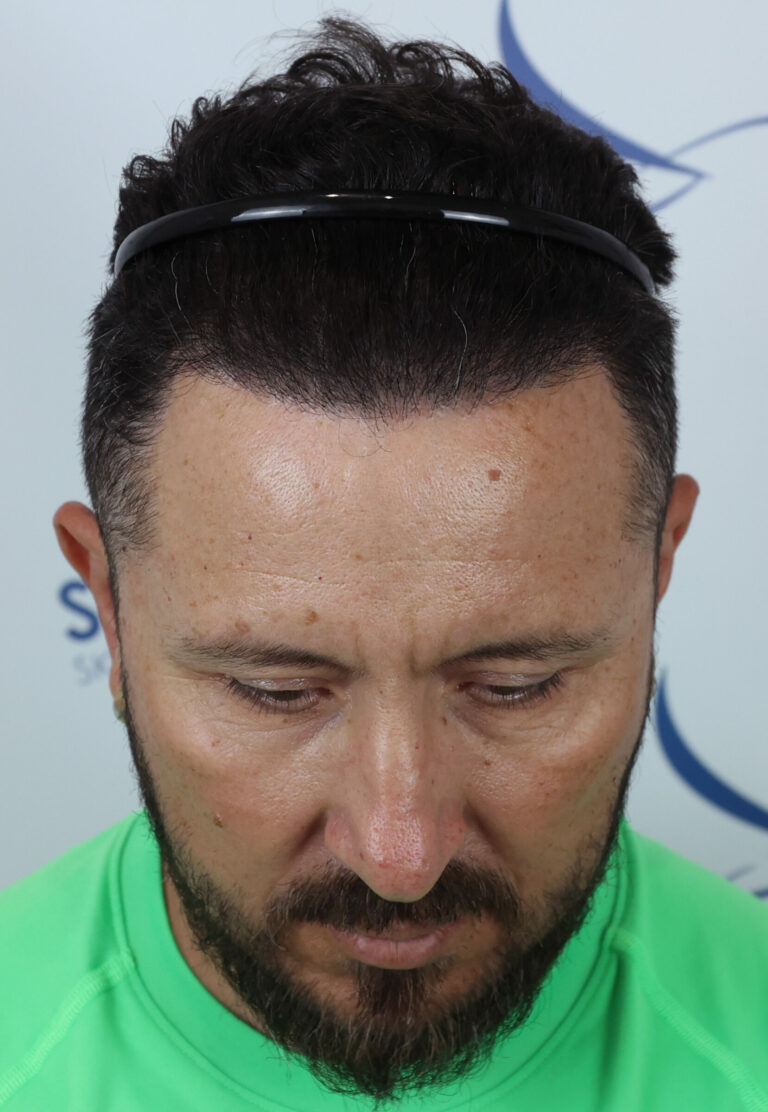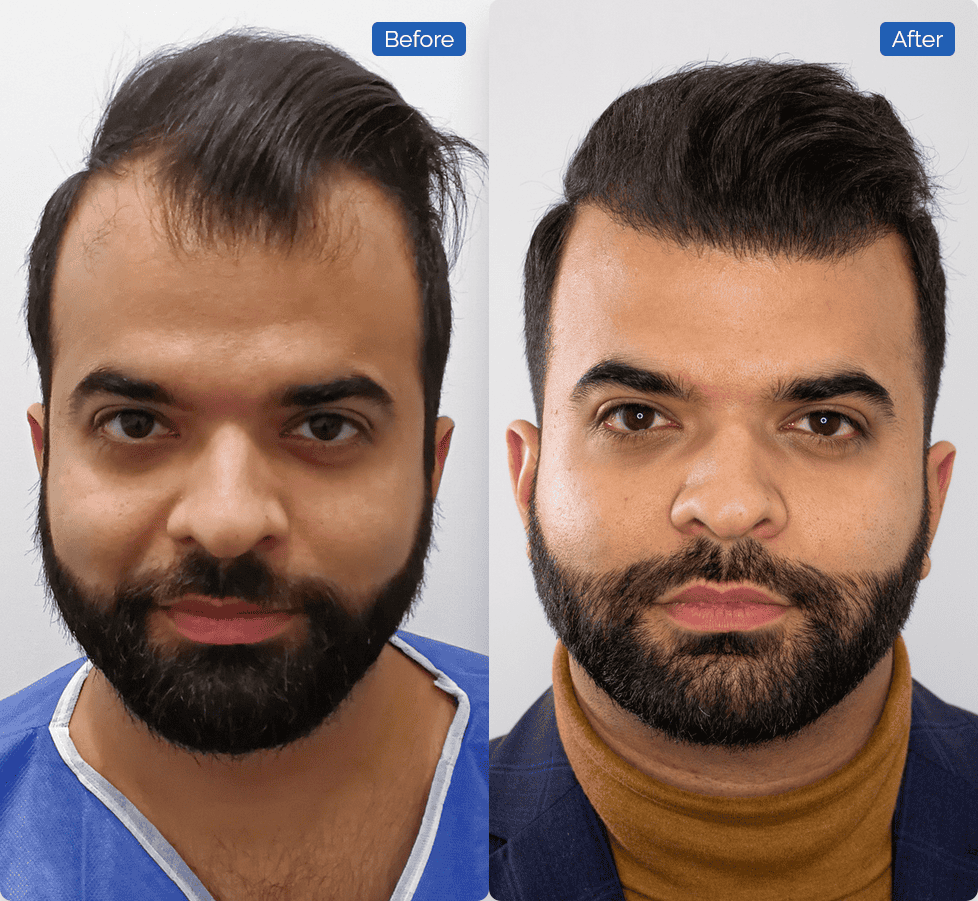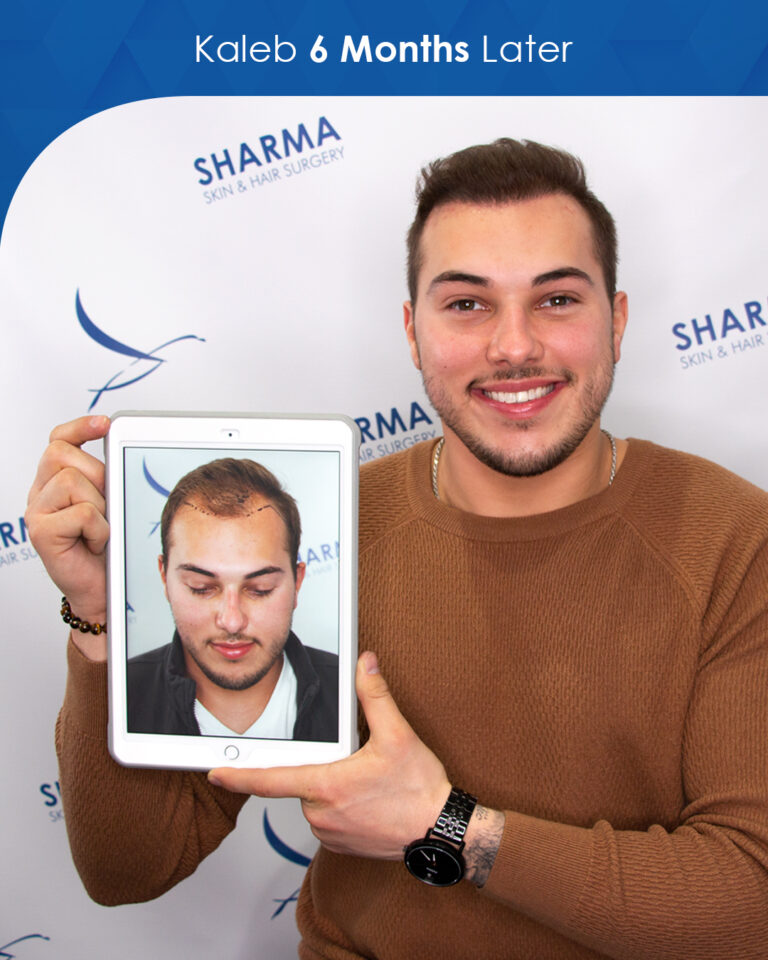Hair restoration specialists
Get your confidence back
Our hair transplant clinic is led by Dr. Anil Sharma who has performed countless hair transplant procedures of all different kinds. Under his trained eye he can identify and follow the natural curvature of the hair. The result is a hairline that looks as if no procedure was needed in the first place. We love to share the results of these transformative stories.
FUE Transplants
An FUE (Follicular Unit Extraction) transplant is a minimally invasive surgical procedure that addresses hair loss. Unlike some other methods, it harvests hair follicles individually, one by one, from the scalp.
Learn more about FUE Transplants
FUT Transplants
FUT (Follicular Unit Transplantation) is a transplant technique that harvests hair by removing a thin strip of scalp containing healthy hair follicles from the donor area. These follicles are then meticulously dissected into individual follicular units for transplantation into balding areas.
Learn more about FUT Transplants
Crown Transplants
This procedure focuses on restoring hair growth in the crown area, which is the top of the head. This is a common area for men to experience hair loss, often forming a bald spot or thinning hair.
Learn more about Crown Transplants
Hairline Transplants
This procedure targets the hairline, which is the frame of hair around the forehead. A receding hairline is a common sign of hair loss, particularly for men, but this procedure recreates a natural-looking hairline that complements facial features.
Learn more about Hairline Transplants
Our clinic
What to expect
We want to make sure we find a solution that fits your specific needs and that you are as informed as possible about the procedures and what is available to you. We have compiled detailed content on what you can expect. Everything you need to know about hair transplants, surgery, scarring and recovery.

Consultation
This procedure focuses on restoring hair growth in the crown area, which is the top of the head. This is a common area for men to experience hair loss, often forming a bald spot or thinning hair.
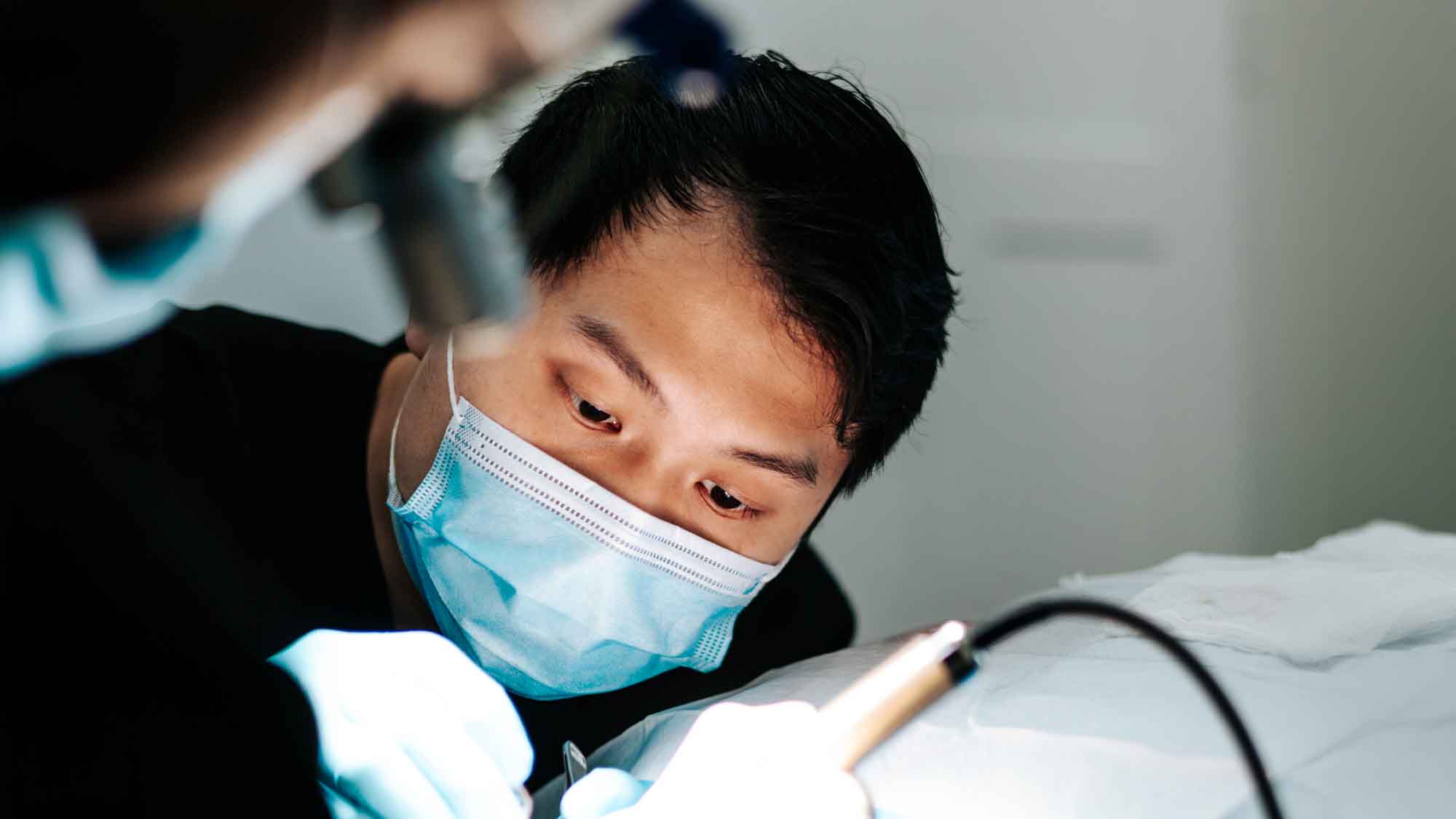
Surgery day
This procedure focuses on restoring hair growth in the crown area, which is the top of the head. This is a common area for men to experience hair loss, often forming a bald spot or thinning hair.
Hair transplant pricing
When determining the cost of a hair transplant, there are a few key variables that need to be taken into account. Not all hair loss is the same, which means treatment needs to be determined individually for each patient, making static hair transplant pricing protocols both difficult and ineffective.
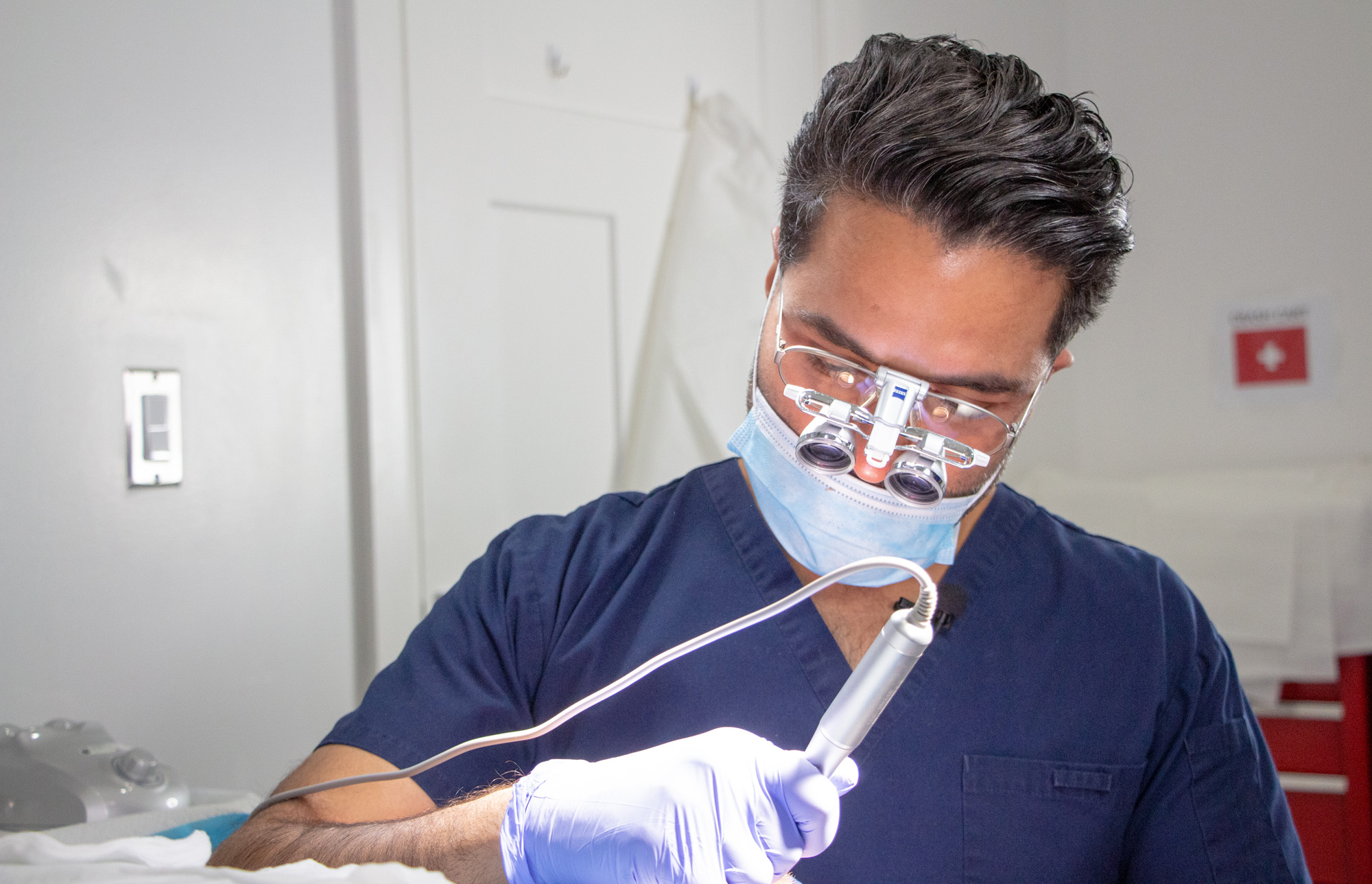
Success stories
The Sharma Clinic has successfully performed countless hair transplants, resulting in hairlines that look as if no procedure was needed in the first place. We love to share these transformative stories.
Here are some in-depth stories about some of our successful transplants. Hear from the individuals who are now enjoying new, thick, and dense hair.
Ready to regrow your confidence? Get in touch below to start your hair transplant journey.
Get more information
Knowledge Centre
Hair Transplant Alternatives

We understand that losing your hair can be a confidence killer. Many people feel self-conscious when they notice thinning or receding hair. While a hair…
Hair Transplant Graft Numbers: Why More Isn’t Always Better
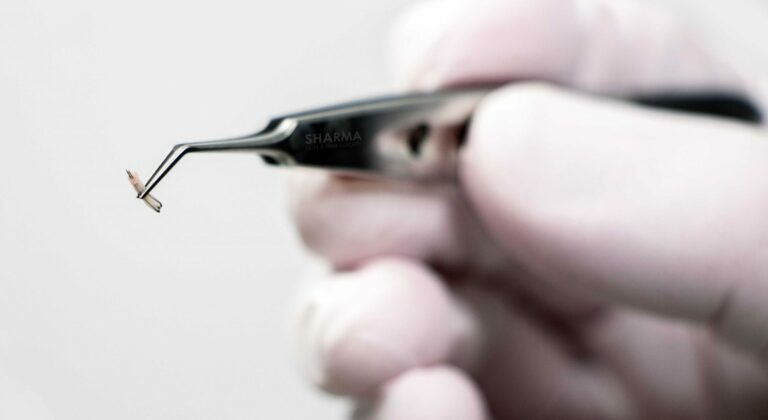
Hair transplantation has become an increasingly popular solution for those seeking to restore their hair. However, the industry has seen a disturbing trend: a focus…
Read article on Hair Transplant Graft Numbers: Why More Isn’t Always Better
DHI Hair Transplants: Separating Fact From Fiction
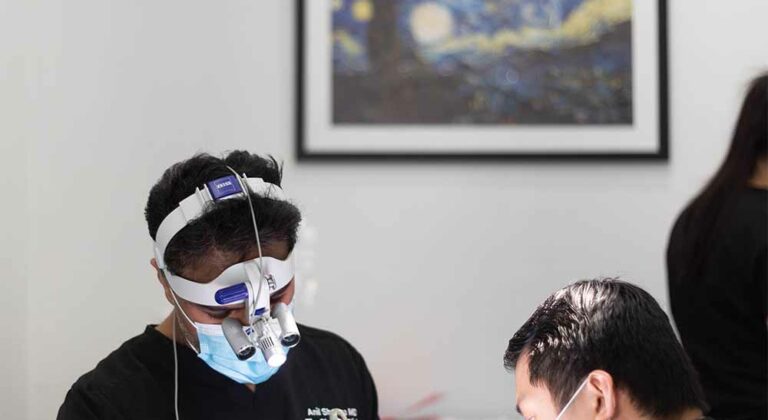
The hair restoration landscape is constantly evolving, with new techniques and technologies emerging regularly. One term that has gained significant popularity in recent years is…
Read article on DHI Hair Transplants: Separating Fact From Fiction
Dr. Sharma answers your questions
We thought we would take the time to answer a few questions that have come in through our Emails and Direct Messages about the Hair Transplant procedure. There is no such thing as a bad question so Dr. Sharma wanted to publicly answer just a few of them over coffee to help you understand more about what we do best.
Hair Transplant FAQS
We’ve compiled a list of some of the most common questions asked during our initial consultation
The cost of a hair transplant depends on the procedure type and the number of grafts transplanted. Dr. Sharma performs the procedures manually in order to ensure the most natural look possible. Hair transplant procedures generally start at $6,000.
Even though hair loss is an unavoidable experience for many people, it is possible to turn back the clock so you can regain a youthful appearance. Dr. Sharma has a keen artistic eye and years of experience creating natural hairlines. Dr Sharma’s methods are designed to create results that look like you never had a procedure in the first place.
If you are ready to feel confident with a full head of hair, we are here to assist. Contact us at Sharma Skin & Hair Surgery to schedule a consultation and learn more about the results you can expect from this modern treatment. View some of our results for crown hair transplants and hairline transplants.
A local anesthetic block is used which is very comfortable (the patient can even watch a movie if they so wish during the procedure).
Post-procedure, patients seldom require anything stronger than a simple analgesic such as Advil.
Patients are then followed up personally by Dr. Sharma. He will always consult with the patient the day following the surgery and ensure they are sent home with full after-care instructions and contact telephone numbers for the clinic (24 hours per day for the first three days post-surgery).
Book Now
Talk to a Hair Transplant Expert in Edmonton, Alberta
Contact us for a free virtual hair loss consultation and get started on your transformation today.



